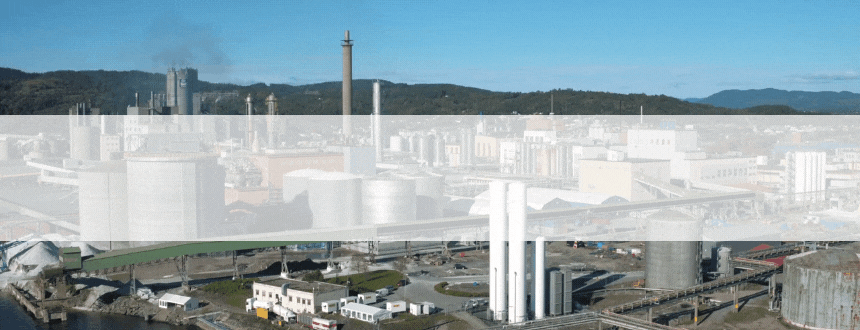A Brief Overview of Commercial Roofing Systems
A wide variety of commercial roof systems is available for building owners and managers who are in need of a replacement.
Thermoplastic membranes are the relative new kids on the block, although they have been around for decades, with occasional tweaks in chemical composition. They are lightweight, flexible, and usually white (although available in a variety of colors), which provides high reflectivity and energy savings for building owners.
They’re manufactured with a mesh scrim laminated between two layers of film, and installed on the roof with either adhered or mechanical attachment methods. Membrane sections are joined together on the rooftop by the contractor using hot air welding tools.
PVC (polyvinyl chloride) thermoplastic membranes are naturally flame resistant and will not sustain a flame when the fire source is removed. PVC roofing materials also enable a wide welding temperature window, which means they can be installed in a broad range of weather conditions.
TPO (thermoplastic polyolefin) thermoplastic membranes are the fastest growing segment of roofing systems in the market. They are typically less expensive than PVC, but do not offer the same degree of fire resistance. They also have a narrower welding temperature window on the rooftop.
Another common single-ply system is EPDM (ethylene propylene diene monomer), essentially rubber. This is a thermoset membrane that can’t be heat-welded, so sections must be joined on the rooftop with adhesives. It’s usually black in color, and heat-absorbent. EPDM roofs are often covered with a layer of gravel ballast to help minimize shrinkage and to protect the roof surface from sun and hail.
Modified bitumen (“mod-bit”) roofs are considered to be single-ply systems. They’re manufactured in factories from roofing asphalt and other materials, such as fiberglass or another synthetic fabric, to give strength to the membrane. Mod-bit roofs can be installed using a variety of methods including hot asphalt, cold process cement, self-adherence, or torch. Torch-down roofing is fading in popularity and even outlawed in some areas because of the risk of fire.
Built-up commercial roofing is so-called because these systems are literally “built” on the rooftop from alternative layers of mopped hot asphalt or coal tar and felt or another synthetic material. Built-up roofs are very durable, but are labor intensive to install. They are often covered with stone ballast to protect the roof surface from the elements.
At Complete Commercial Roofing, we understand all aspects of commercial roofing and can help you sort through the noise to choose the best roof system! Call today.








Leave a Reply
Want to join the discussion?Feel free to contribute!